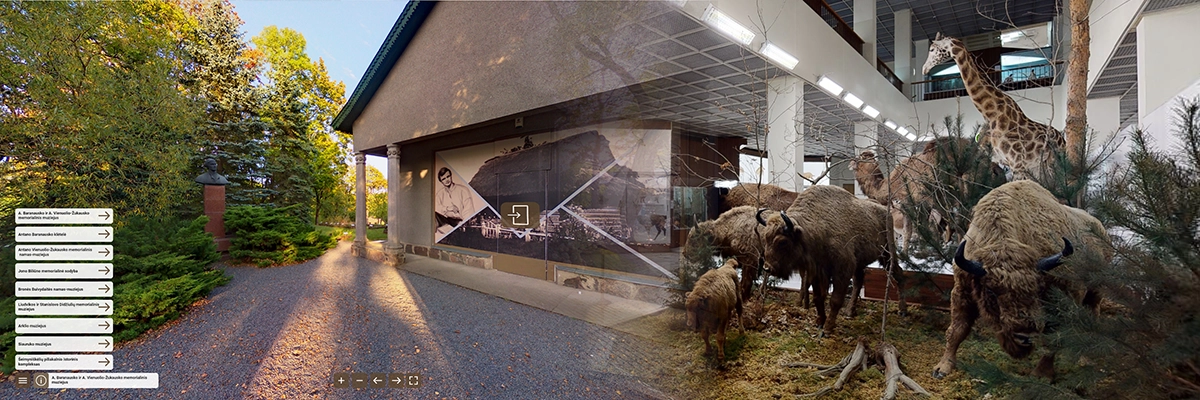
360 video is a relatively new technology that allows viewers to feel as if they were in the video content themselves. Such videos are popular among video games, virtual reality (VR) experiences, and even more traditional video content. In this blog post, we’ll explore when 360 video is a good choice for museums and when it is not.
What is 360 video
360 videos have become increasingly popular in recent years, especially among businesses and marketers. But what exactly is 360 video?
360 video is a type of video that is created by using unique cameras that capture a spherical view of the scene. It means that viewers can see in all directions – up, down, left, right, and even behind them – as if they were standing in the middle of the action themselves. When viewed on a compatible device – such as a virtual reality headset – it gives the viewer a feeling of being transported into the middle of the action.
Pros and cons
On the plus side, 360 video offers viewers a completely immersive experience. They feel like they are right in the middle of the action, whether on a roller coaster or at a XIX century palace. Compared to the traditional video format, 360 gives more control over the viewer’s experience.
When it comes to cons, 360 video has its limitations, such as a requirement for VR glasses (for better immersion) or the use of a computer or touchscreen for a more basic presentation, which is better than your casual video material, despite the fact it’s not utilizing its all capabilities when VR glasses are missing.
When to use it in museums
Museums are increasingly turning to 360 videos to provide visitors with an immersive experience, which is perfect if you need to show unique venues and environments, such as palaces, places where people are not allowed to enter, events that happen only once per year or even recreate historical events which otherwise would not be seen and experienced by the user in another way, like battle scenes or daily lives of ancient cultures. Remember to keep in mind that there is no need for 360 videos if your visitors can easily visit those places by themselves!
How much time the potential users may have for this experience is also worth considering. For example, if your visitors are usually in a hurry, then shots need to be short and quick – avoid “all in one” long 360 video clips and divide them by scene/place.
Finally, consider how visitors will view the 360 videos. You can make these videos available online and let visitors view them at home or set up viewing stations within the museum. Even though you can view 360 content via phones and desktop computers, we recommend experiencing them with a VR headset- it’s the best tool for an impactful experience. Standalone VR headsets allow museums to use them permanently or as mobile installations to bring them to shows, conferences, and anywhere else.
Examples
Some good examples of 360 projects we realized are: Tado Ivanausko zoo museum in Lithuania uses 360 videos and VR headsets to show visitors the animals in their natural habitat, and Pasvalio krašto museum decided to recreate historical events of Lithuanian guerilla resistance and film a battle scene. Both of them are a success among visitors – young and old.
When used correctly, 360 videos can be an effective tool for museums. However, there are some considerations that museum staff should take into account before choosing this technology. By considering all factors, museums can ensure that they provide visitors with a positive and enriching experience.
